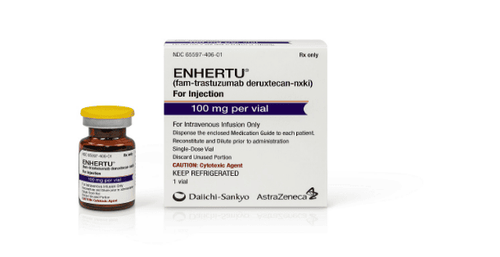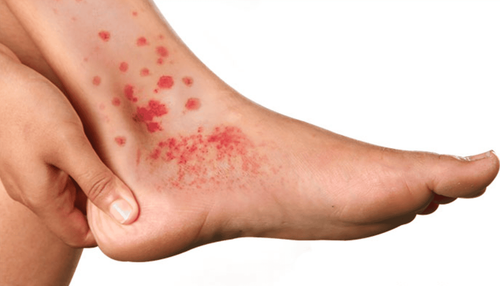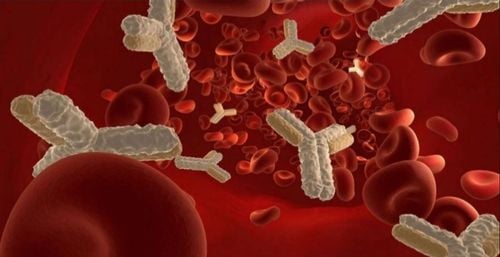This is an automatically translated article.
The article was made by a doctor of Laboratory - Vinmec Central Park International General Hospital
Serological diagnosis is the first or mandatory option in the diagnosis of infectious diseases. Here are the antigenic associations in the serodiagnostic test
1. Cross Reaction
Antigen cross-reactivity is also problematic in the application of serological diagnostic tests. Many cross-reactions can involve antigens of the same or different genera and between bacterial and non-bacterial antigens. Cross-reactivity may involve complex structures or only small antigenic determinants.
For example, among Gram-positive bacteria, teichoic acids are somewhat homologous to others; They can even cross-react with mammalian cell surface antigens such as red blood cells (22). For Gram-negative bacteria, there is often a cross-reactivity between LPSs (23). It is not uncommon for bacteria to have similar carbohydrate structures and to plant and animal tissues, such as the glycolipid antigen of M. pneumoniae used in the CF trial (24).
Even so, cross-reactivity does not always mean that the test is not valid. If antigens have partial or slight similarity in antibody response to other antigens, it can be difficult to interpret when measured at low serum dilution but not at high dilution. higher. Also, many cross-reactivity may be small compared with the more prominent responses obtained from other antigens of the same bacterium.
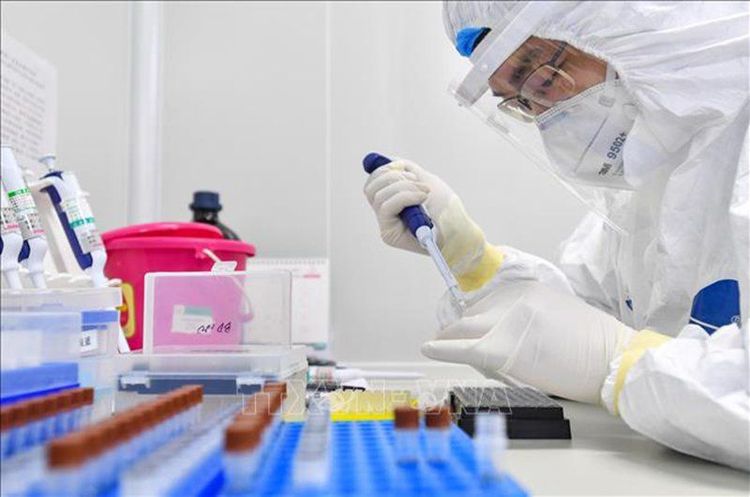
Phản ứng chéo kháng nguyên trong các thử nghiệm chẩn đoán huyết thanh
2. Strain variation
Desire to select antigens for serological tests that are least susceptible to strain-to-strain variability and pressures of selection or post-host random variability . The antigenic variation has been demonstrated in typing and grouping. For example, the many polysaccharides of S. pneumoniae pose problems for both serological and immunological diagnosis even though they are key for virulence factors (25). With the exception of current laboratory variations, pre-detectable strains of current and circulating strains may vary from region to region. This is evident in the different responses measured in some European patients with Lyme disease compared with those in North America (26).
Routine laboratory transfer of strains used as antigenic substrates can lead to a decrease in virulence as well as a significant change in the antigenic make-up of the bacteria. ). The production of some antigens in vivo does not have to be mimicked in the laboratory. Use a "wild-type" strain against the preferred common or registered strain. The use of a registered strain may not actually prevent an all-or-none basis of the immune response, but it is possible to assess the immune response significantly. may blunt the appreciable response considerably).
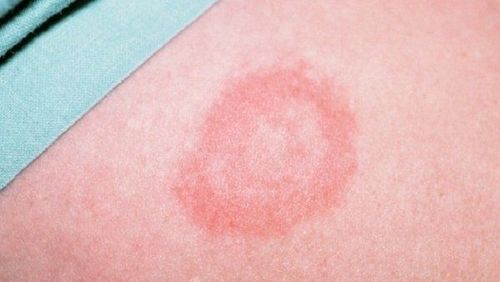
Sự biến thể của chủng có thể thấy rõ ở người bệnh Lyme
3. Are laboratory responses always the same as in humans?
Inoculation in laboratory animals or vaccination is often used for early prediction of major antigens associated with human infections. In many situations, many studies do identify shared primary antigens, but not in all cases. Some antigens are not necessarily produced in the same pattern or like everything in humans compared to experimentally infected animals. This is not surprising since there are quite a few infections that are primary in humans but not in animals and vice versa.
The development of monoclonal antibodies does not bypass many limitations because they are often of murine origin and when there are large differences in immune responses between mice and humans.
Hence the true standard for laboratory studies where the immune response in animals is only the groundwork to perform in a troublesome field without the benefit of understanding some of the responses. response.
4. Diversity of the immune response
Many bacterial antigens can initiate an immune response following natural infection or following vaccination with a vaccine. Those 'protective' antigens have the potential to underpin serological diagnostic tests. The response to protective antigens does not always equate to the maximal humoral response that may be most appropriate for serological purposes. Indeed, it can be difficult to achieve a protective antigenic response that allows the agent to be reinfected.

Kháng nguyên vi khuẩn đáp ứng miễn dịch sau khi tiêm chủng vắc-xin
Determination of “positive” antibody status, if specific, is the primary indicator of an immune response to the bacterium. Bacteria can cause invasive infections, superficial infections are simply resident bacteria. The responsibilities of many antibodies may vary. The antibody may recognize only one antigenic component, but the actual antigen-antibody combination may not occur. Indeed, some recognized antigens may be internal and only released when cells are broken to present to the immune system during infection or phagocytosis. On the other hand, antibodies can activate other components of the host defense barrier to the extent that indirect antibody-mediated killing results in complement immobilization and activation. Also, bacterial opsonization after antibody binding facilitates the activities of phagocytic cells. Therefore, antibody measurement methods may or may not include the ability to interact with multiple antibodies. Antibodies measured by the EIA method include both active and inactive forms, while the assay selectively neutralizes active antibodies by their antibacterial activity. Therefore, a 'positive' status cannot mean full or partial protection. In fact, many infections can recur despite previous infections and abundant circulating antibodies. Furthermore, unlike circulating neutralizing antibodies that can completely or partially inhibit bacteria in the blood, it is not guaranteed that large amounts in the blood will protect many sites, such as the mucosa and brain.
Therefore, the association between serologic diagnosis and protection must be determined to be disparate.
Invite you to follow the document on Serological Diagnosis of Infections by Doctor Tran Thi Ngoc Anh including:
Serological Diagnosis of Infections Antigens and antigenic variation Antigen relationship Voidness specificity of the humoral immune response Summary of serodiagnostic methods - Part 1 Summary of serodiagnostic methods - Part 2 General aspects of utilization in hematology Bar The Complicated Situation in Serological Diagnosis Source: Nevio Cimolai
Children's and Women's Health Center of British Columbia, Vancouver, British Columbia, Canada






